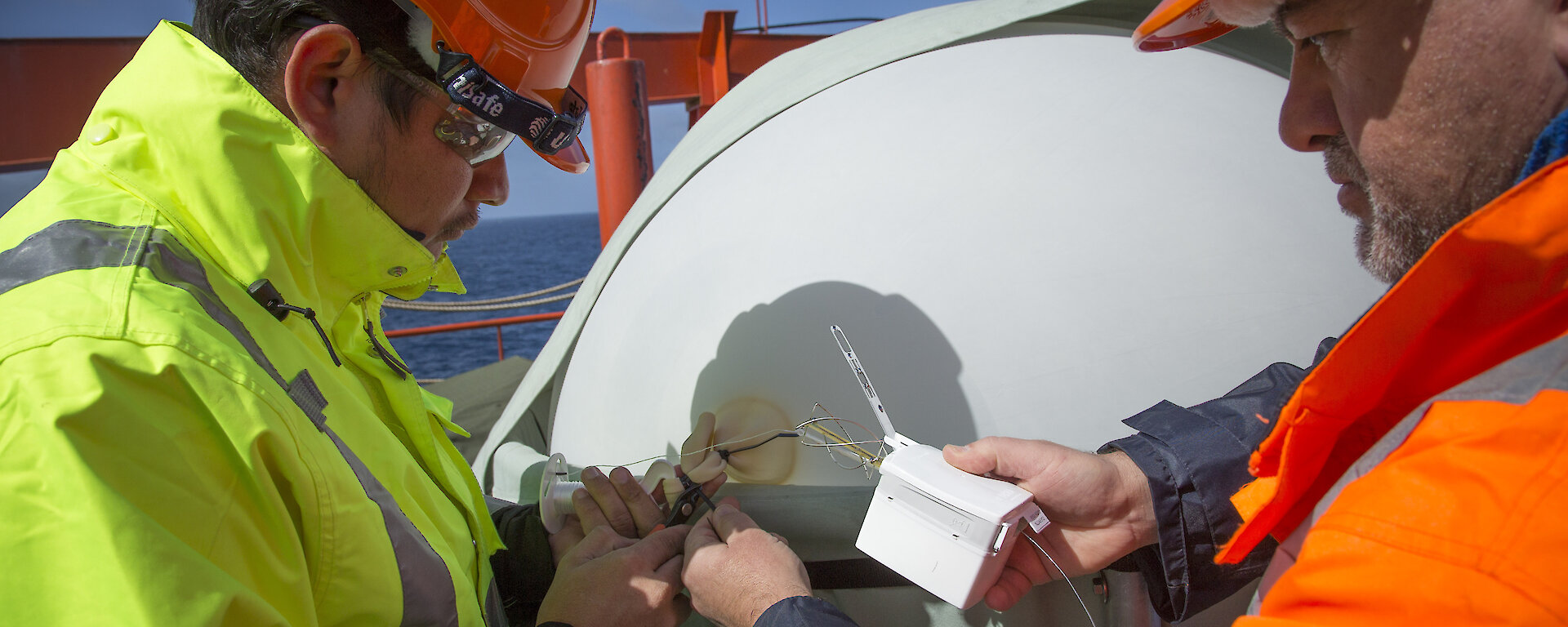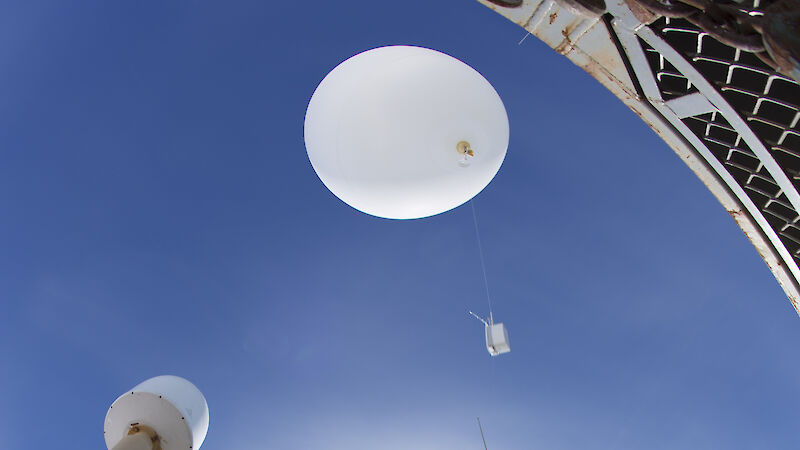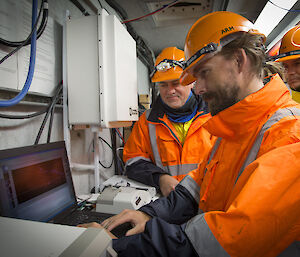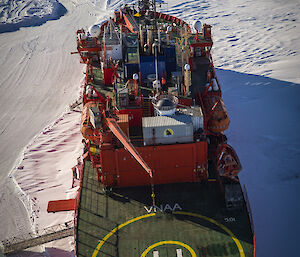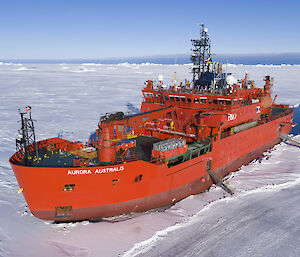Australian and American scientists were kept busy collecting vast amounts of information on clouds, aerosols and precipitation across the Southern Ocean last summer, for the US Atmospheric Radiation Measurement (ARM) program.
The data collected during the ARM program and related projects will be used to evaluate and improve how clouds are represented in climate models.
During four voyages aboard the Aurora Australis teams:
- installed and operated 64 ship-based instruments;
- deployed 600 radiosondes (weather balloons), with launches occurring four times every day; and
- collected more than 100 terabytes of atmospheric data.
Twelve US technicians came to Hobart to install and commission the instruments in October 2017 and eight returned to decommission the instruments in March 2018. Three technicians travelled on each voyage to keep the ‘ones and zeroes’ flowing.
The voyage allowed scientists to collect a large and unique dataset, including as the ship traversed the sea ice. Australian Antarctic Division scientists, along with those from numerous national and international research institutes and universities have begun the data analyses, with early results to be available soon.
Read more about cloud research in the Australian Antarctic Magazine.

